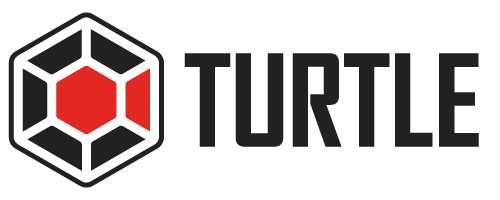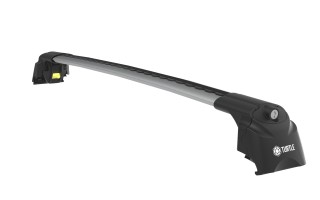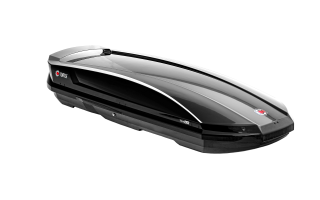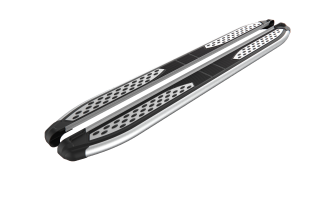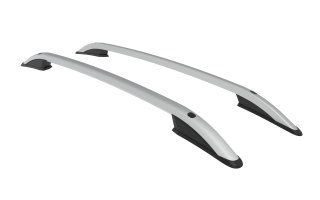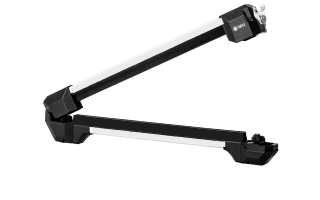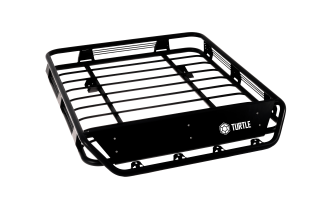Among a vehicle’s structural components, the chassis—often referred to as the main supporting framework—is one of the most critical. It directly impacts the vehicle’s safety and durability. Choosing the right chassis type for the intended purpose plays a major role in vehicle performance and handling.
In this article, we’ll explore the fundamental functions of a chassis, what different chassis types mean, and provide an overview of the commonly used categories in the automotive industry: Standard, SWB, MWB, LWB, and EXLWB.
What Is a Chassis and Why Is It Important?
The chassis forms the skeleton of a vehicle and serves as the main structure onto which all mechanical components are securely mounted. The engine, suspension, wheels, and all other systems are installed on this framework. The chassis provides strength, balance, and structural integrity, directly influencing the vehicle’s handling and road performance.
In vehicles designed to carry heavy loads, the strength of the chassis is a key factor in overall safety. Without a chassis, a vehicle cannot maintain structural integrity or provide safe operation.
The type of chassis varies depending on the vehicle’s intended use and needs. For example, a vehicle designed for urban use will have a different chassis than one built for transporting heavy loads. The selected chassis type affects the vehicle’s performance, load capacity, fuel efficiency, and driving experience.
Next, we’ll look into the various chassis types and the most common chassis classifications used in the automotive industry.
What Are the Types of Chassis?
In the automotive industry, vehicles are classified into different chassis types based on their wheelbase—the distance between the front and rear axles. This measurement plays a crucial role in determining a vehicle’s usage area and performance characteristics. Below, we examine the most common chassis types and the advantages each offers.
Standard Chassis
A standard chassis features a fixed wheelbase designed for general-purpose use. It is most commonly found in vehicles intended for urban driving or light-duty transport. Standard chassis setups are preferred for vehicles that require agility and fuel efficiency in city environments.
Advantages:
- Easy maneuverability: Allows for smooth handling and tight turns in congested city traffic.
- Versatility: Suitable for both personal and commercial uses.
Typical Applications: Ideal for light cargo transport, city-based commercial vehicles, or everyday use, the standard chassis offers a balanced combination of practicality and efficiency.
SWB (Short Wheelbase – Short Axle Distance)
SWB refers to chassis types with a short wheelbase, meaning a shorter distance between the front and rear axles. This compact structure allows for greater maneuverability, especially in tight or crowded spaces. Although SWB vehicles offer less interior volume compared to longer wheelbase options, they provide significant advantages in agility and fuel efficiency.
Advantages:
- Compact design: Makes it easier to maneuver in narrow streets and tight parking spots.
- Fuel efficiency: Lighter structure contributes to lower fuel consumption.
Typical Applications: Ideal for urban transportation, tight-space operations, and small commercial vehicles, SWB chassis types are commonly used in city delivery vans, service vehicles, and compact utility models.
MWB (Medium Wheelbase – Medium Axle Distance)
MWB represents a medium wheelbase chassis type, positioned between SWB (Short Wheelbase) and LWB (Long Wheelbase). It offers a balanced compromise between maneuverability and interior space. While it provides more cargo or passenger volume than SWB models, it remains more compact and manageable than LWB vehicles, making it suitable for a wide range of applications.
Advantages:
- Balance and versatility: Offers an ideal mix of interior space and maneuverability.
- Flexible usage: Suitable for both commercial and personal use.
Typical Applications: Commonly chosen for medium-sized cargo transport, commercial logistics, and intercity travel, MWB chassis types are a versatile solution for businesses needing space without sacrificing drivability in urban or semi-urban environments.
LWB (Long Wheelbase – Long Axle Distance)
LWB refers to a long wheelbase chassis type, characterized by a greater distance between the front and rear axles. This extended length provides increased interior space and higher load capacity. However, the longer wheelbase can make maneuvering in tight urban areas more difficult. LWB vehicles are often preferred for transporting large loads and for providing a smoother ride over long distances.
Advantages:
- Spacious interior: Offers larger cargo volume and more interior room.
- Comfortable ride: Delivers a smoother, more stable driving experience, especially on long journeys.
Typical Applications: Ideal for commercial transport, long-distance travel, and situations requiring large cargo space, LWB chassis types are commonly found in delivery vans, minibuses, and shuttle vehicles operating primarily on intercity or highway routes.
EXLWB (Extra Long Wheelbase – Extra Long Axle Distance)
EXLWB refers to the extra long wheelbase chassis type, the longest among standard classifications. It is primarily used for special-purpose transportation or heavy cargo handling. With maximum interior space, EXLWB vehicles are ideal for users who require high cargo volume. However, this chassis type offers limited maneuverability, especially in tight urban environments.
Advantages:
- Maximum interior volume and load capacity: Ideal for transporting large and heavy goods.
- Specialized transport suitability: Designed for professional and specific transportation needs.
Typical Applications: Used in commercial logistics, special freight operations, and large-volume transport, EXLWB chassis are commonly found in long delivery trucks, mobile workshops, or shuttle conversions requiring substantial interior space.
Key Considerations When Choosing a Chassis Type
Each chassis type offers unique benefits depending on usage needs. Vehicle owners should choose a model with a chassis that best matches their intended purpose:
- For urban, high-traffic environments, short wheelbase (SWB) models are ideal due to their excellent maneuverability.
- For long-distance travel, commercial use, or heavy cargo, long (LWB) or extra long wheelbase (EXLWB) vehicles are better suited, offering more space and comfort.
Chassis type also affects accessory compatibility. For example:
- SWB vehicles pair well with compact accessories like roof boxes and side steps.
- LWB and EXLWB vehicles benefit more from larger storage solutions such as roof baskets or bike racks.
Turtle Can Carry offers a range of accessories tailored to different chassis types, helping you find the best solutions for your vehicle’s structure and usage.
Discover Chassis-Compatible Vehicle Accessories with Turtle Can Carry
Your vehicle’s chassis type directly influences which accessories will offer the best performance and fit. For instance:
- Vehicles with a Short Wheelbase (SWB) benefit from compact side steps or roof boxes that enhance maneuverability without adding bulk.
- For Long Wheelbase (LWB) or Extra Long Wheelbase (EXLWB) vehicles, accessories such as roof baskets, bike carriers, or large storage solutions are better suited to meet extended cargo needs.
Turtle Can Carry designs its accessories to integrate seamlessly with your vehicle’s structure, offering optimized solutions tailored to your specific chassis type. Whether you’re seeking space-saving solutions for urban use or high-capacity options for long journeys, Turtle Can Carry helps you achieve maximum comfort and functionality.
Explore the right accessories for your vehicle today and elevate every journey with Turtle Can Carry.

